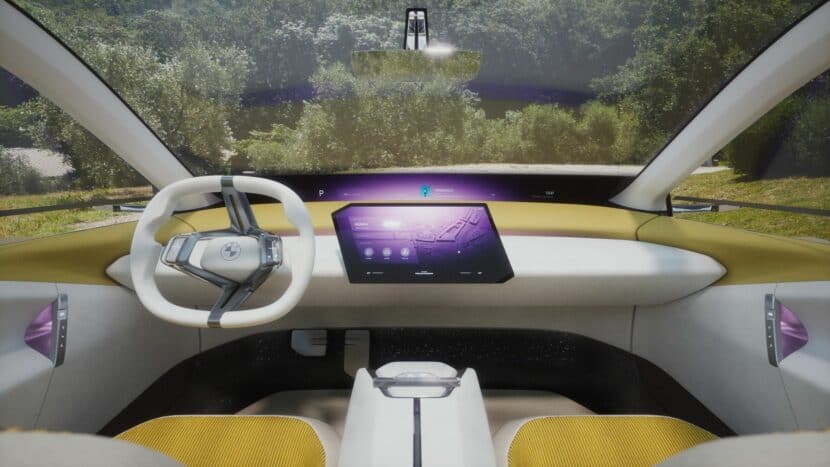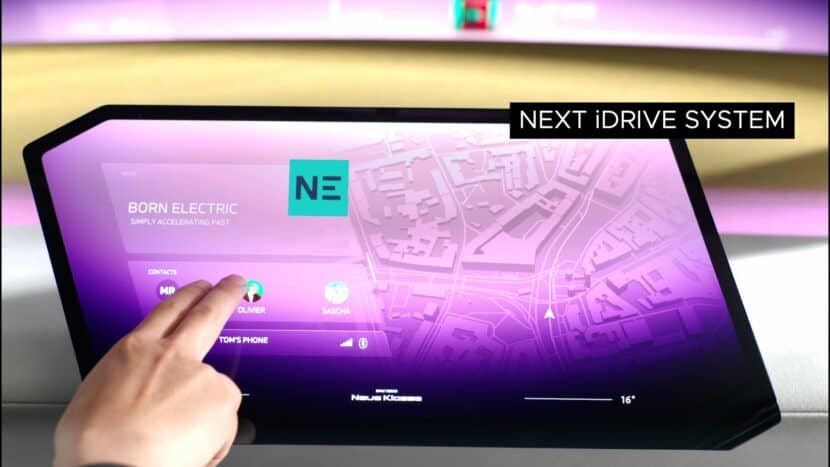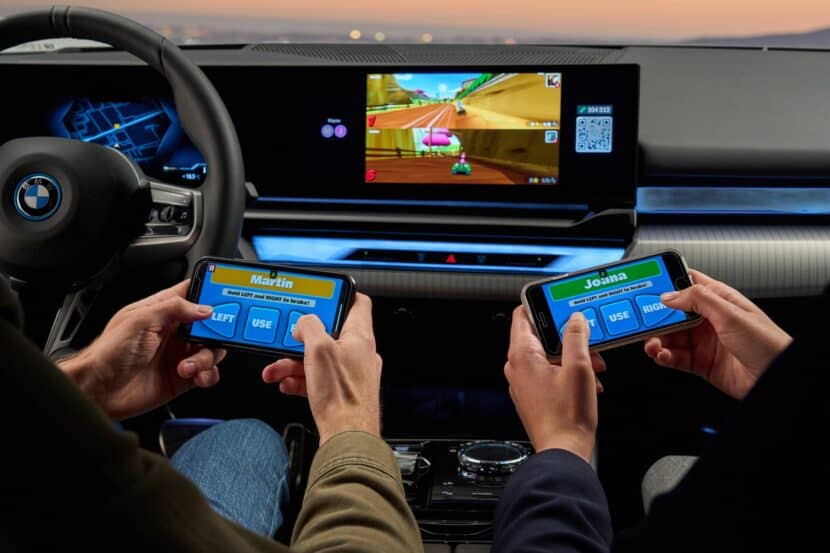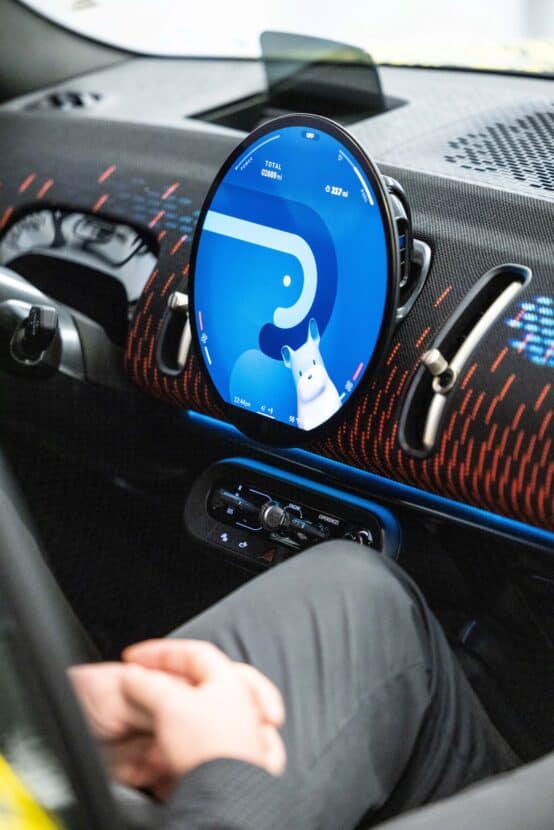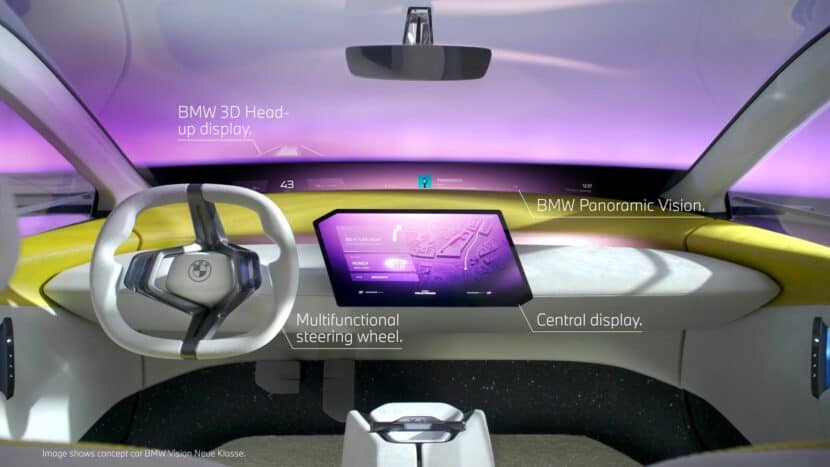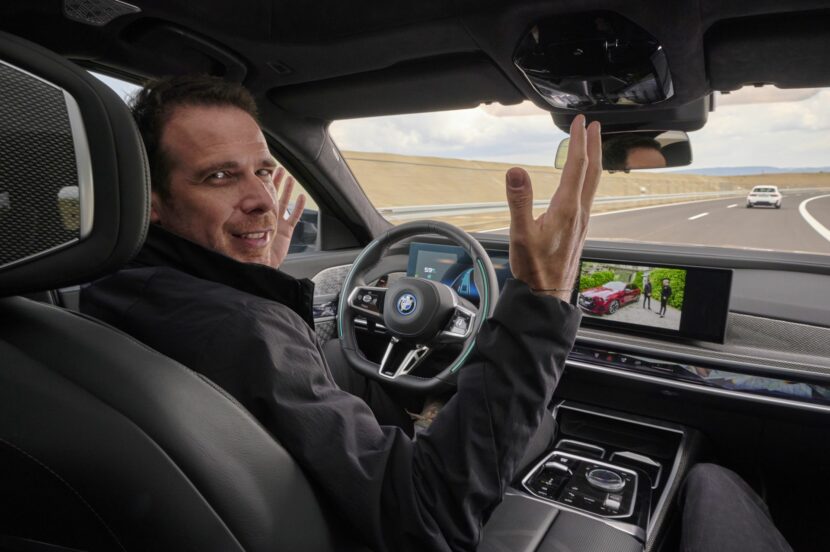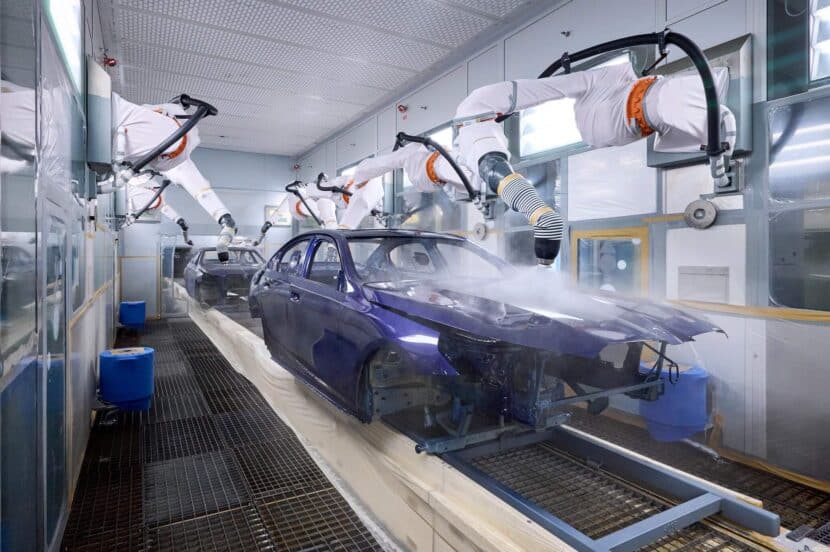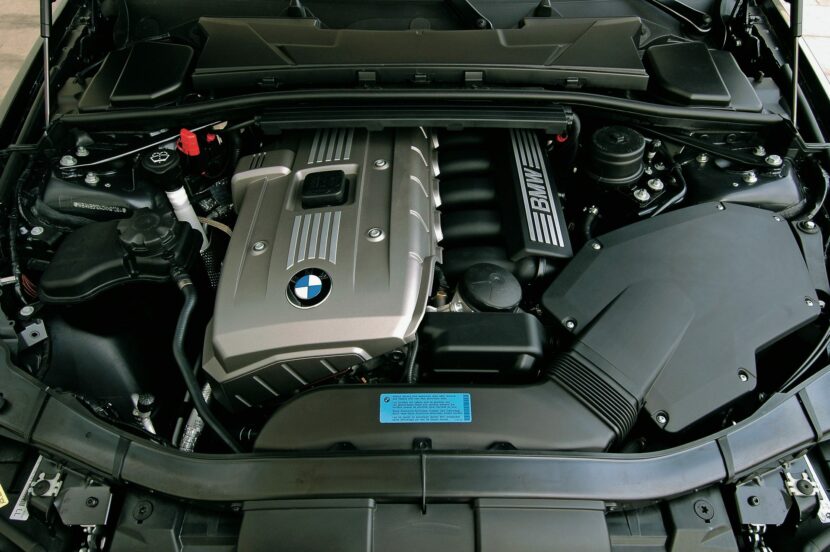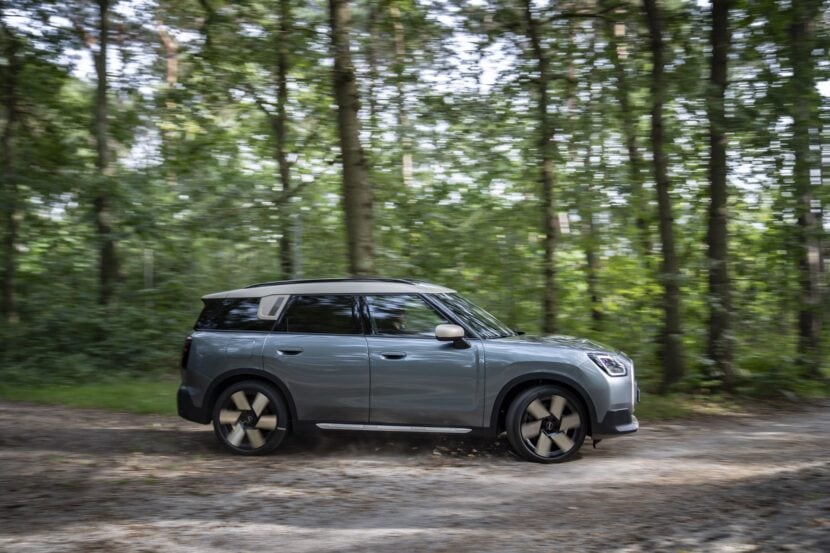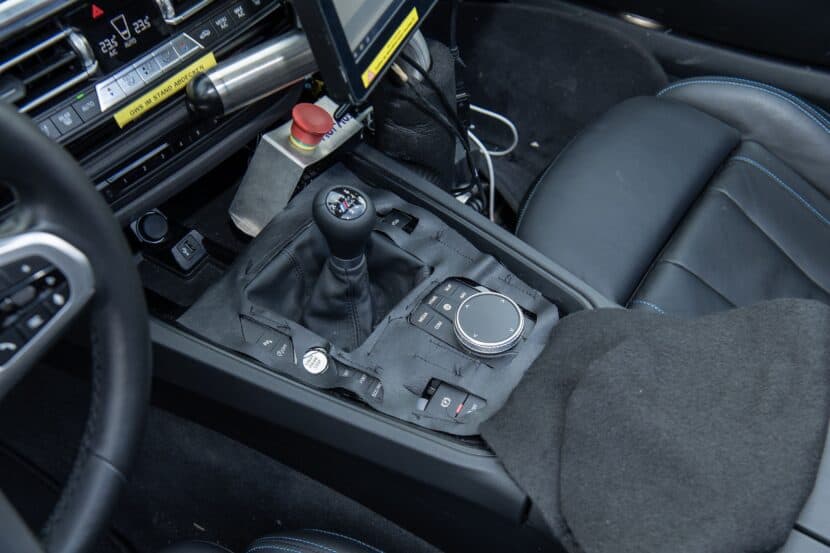It’s always interesting to see what BMW has planned for the future. As their motto seems to inch closer to “the Ultimate Tech Machine” year after year, software becomes increasingly important. And, in BMW’s endless... First published by https://www.bmwblog.com
It’s always interesting to see what BMW has planned for the future. As their motto seems to inch closer to “the Ultimate Tech Machine” year after year, software becomes increasingly important. And, in BMW’s endless pursuit of “digitalization,” that has a real and tangible effect on the styling of new BMW vehicles. Whether you like it or not, new BMW cars and SUVs are more complex than ever before. And that isn’t changing any time soon. After celebrating the 25th anniversary of BMW Technology Office USA, we chatted with Peter Lehner, BMW VP Technology Innovation, and Rudolph Bencker, Senior VP New Technologies, about the granular details that come with being so tech-forward.
The Physical Buttons Going Away
We decided to start our round of questions with the most popular question today: Why are physical buttons going away? Is this coming from user feedback or it’s a decision solely made by BMW?
“We brought our teams into user studies even my team uses a modern driving simulation, Peter Lehner, BMW VP Technology Innovation tells us. “And we do this in the very early beginning of development. We also do user testing to understand, not from an engineering point of view, but from a customer point of view,” Lehner added. He goes on mentioning the different design interfaces and concepts developed early on to see if they meet customer’s expectations. “So and it’s not only the driving simulator, the UI team does similar things and really connect with each other, so we can really have a clear understanding what fits and what does not fit,” Lehner tells us.
Rudolph Bencker, BMW Senior VP New Technologies, says that his team is also identifying technologies and innovations, along with determining the qualification of technologies and the implementation of such tech, in order to meet the experience expected by BMW customers. “We try to identify what is trendy, and what is really relevant for our business model, for our product and also for the customer experience, and this is what you see a lot of trends at the moment. There’s a lot of things that are happening, but you can’t do everything. So you have to prioritize them to understand what is important,” Bencker added.
So while the BMW team doesn’t directly answer the question, it sounds like most customers want a fully digital and touchscreen experience, similar to what other brands are offering. Will this approach change in the future? Unlikely, especially after we’ve already seen the future of iDrive in the Neue Klasse cars.
Finding the Technology and Trends That Matter
BMW values staying on the cutting edge of technology. BMW attributes its success in this arena to its network of technology offices. Not just limited to the US, you’ll find a connected organization that spans from Shanghai to Tel Aviv, Seoul to Munich, and more. BMW monitors what tech is trending – regionally, generationally, and more – to decide which features to include next.
One executive compares tracking groundbreaking tech to something more literally groundbreaking – earthquakes. “You need to understand what is happening in every region. And this tech office is kind of a sensor or seismograph for us to understand what is happening technology-wise, but also what is happening in society and what is happening in between the generations,” Lehner told us.
The Gamification of BMW
As BMW continues to electrify its lineup, some enthusiasts worry about the “gamification” of their Ultimate Driving Machine. Indeed, the new i5 includes video games from the factory. BMW thinks that as vehicle autonomy approaches reality, the interior space will become even more important. “So we say it’s a kind of a second living space,” Lehner starts. Some drivers can spend up to two hours in a vehicle on their way home. “So, we must give them something to stay to do. Something in these two hours. This is communication, this is looking at videos, and so on.”
While the “gamification” may concern some buyers, BMW sees it as a huge opportunity. It allows them to reach out to startups and innovators to bring new features to the vehicle. BMW says the AirConsole gaming platform took under a year to implement – fast, even in the world of software. But they’re aware of the concerns. “You need to separate,” Lehner adds. “So, you have the kind of infotainment domain where you can, let’s say, open up a little bit for the ecosystems of our customers. On the other hand, safety-related issues like driving, driving dynamics, safety, and so on are dedicated separately in another integration platform.”
Locally-Sourced Tech Solutions
Supply chain issues made headlines throughout 2020 as constraints made everything from vehicles to blenders harder to get. And, perhaps more importantly, much more expensive. Working with software suppliers is different. BMW thinks it’s key not to push software developers away – how can you organize your architecture so that key developers like Apple or Meta can explore it? “The key is finding interfaces so that we can combine these worlds,” Bencker says.
“For example, the digital key is made together with a partner in the Silicon Valley,” Bencker starts explaining. “The implementation of the third-party apps is made with a partner in the Silicon Valley. This is only possible if you have strong partners, and these partners – we have a differentiation between partners here in Silicon Valley and perhaps in Shanghai, or wherever in the world.” We knew BMW focused on sustainability, but it seems like they also source many of their tech solutions locally!
One iDrive By 2025? It Could Happen
With iDrive 8.5, iDrive 9, and a new iDrive version in the Neue Klasse on the way, customers might be a bit confused about what features come with their new BMW. Different hardware and software constraints could mean a customer in 2025 buying an X5 and getting a much older system than what the Neue Klasse – a considerably less expensive vehicle – gets. Without spilling too many beans, BMW agrees. “It’s even in our interest to have one stream. Because if you divert it into three, your branch’s increase workload, so for sure that’s one of our goals to keep the systems as close as possible,” Bencker adds. It’s not just about effort on the automaker’s side, either – it smooths out details like remote software updates. So, while we don’t know the specifics, it certainly sounds like iDrive will be more unified than expected in 2025.
Trim the Fat – Say Goodbye to Unneeded Apps, Allegedly
Many enthusiasts – myself included – use about 10-15 percent of their new BMW’s features. A more streamlined and simplified vehicle could have potential benefits. But is BMW in the business of removing functionality? It depends entirely on the customer data. “Things that the customers don’t use, we will do that, of course,” is the surprising response. “Maybe you don’t believe, but there is a team really going through each feature,” the manufacturer promises. I believe them. Yet, we need to see a full demo of the new iDrive system to understand the changes.
Level Three in Germany Before the US
With rumors swirling about Level 3 autonomy not coming to the US quite yet, we were curious for some explanations. Particularly why it will come to the German market first. BMW claims it’s mostly a complexity issue for hardware and software. With Germany obviously being the home market for the automaker, it makes sense to test in your backyard before bringing the technology abroad. Adding to the complexity is US regulation that varies by state – as opposed to conformity throughout the country in Deutschland. Finally, with a system that taps out at 45 miles per hour (60 kmh), it’s fair to expect higher utilization in a country with less long-distance driving.
Cost-No-Issue Features For the Future?
Despite a huge budget for these sorts of things, there are still steps not taken in the realm of augmented reality. Some BMW executives seem to think a wearable could define an “iPhone moment” for AR. Once that debuts, BMW thinks they’ll have a lot to think about regarding their vehicles’ interior space.
First published by https://www.bmwblog.com



